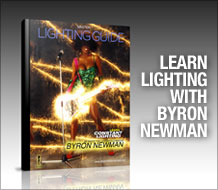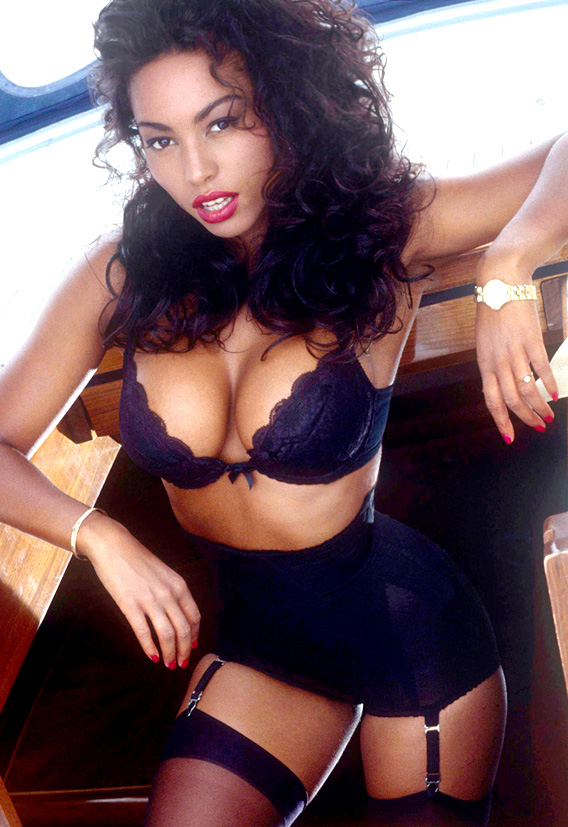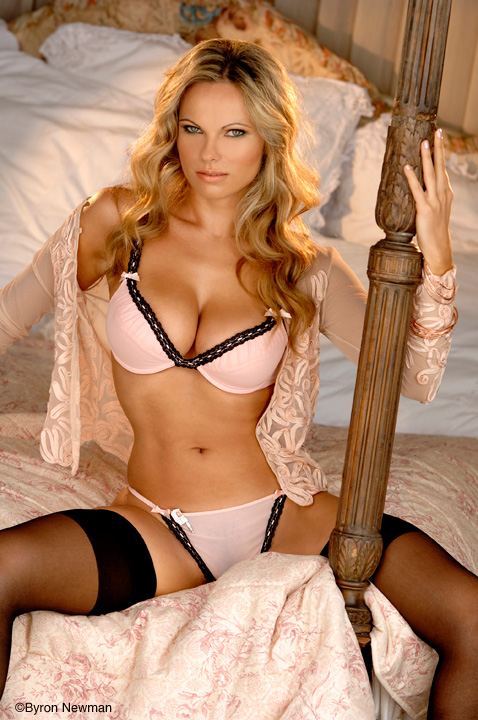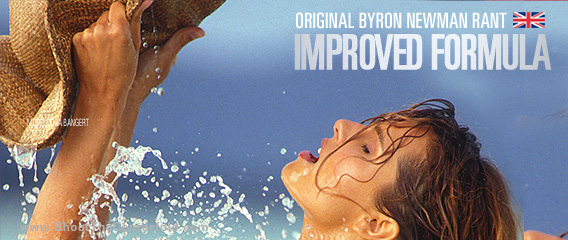Want to know what I really dislike … being able to easily work out how something is lit. If I can do this. .. and it doesn’t take a genius … it really rather spoils the enjoyment of the image for me.

I visit a lot of theatrical prop houses in London for the hiring of pieces of furniture for shoots. Some of these supply props and furnishings to major studios. Quite often, I am watching a movie and suddenly recognize the chair from a certain prop emporium I am familiar with. It is no one’s fault and I should probably not let myself be distracted by such an insignificant thing. No wonder I am so crap at following plots. But the fact is I am distracted, and for a moment my enjoyment is ruined.
Same goes with lighting. Ah yes I think … so there are two back lights in there with heavy warming gels and a hair light that’s almost burning out, you know that type of thing. Do it myself. But I gotta say … I think it’s a cheap way of getting a cheap and unnatural effect. It’s a bit like a professional foul in sport. We know it happens but we do not admire it. Well, when I say we, I really mean I … I do not admire it.

When did you ever see anything quite like this lighting in real life. I feel if we step too far away from reality with this very precise back/rim light thing which beautifully lifts our model off the background and lends the whole image a sense of glowing warmth, then we do so because it is a convention … it is easier and effective, but lacking mystery … How the hell did he light this? Talk about telegraphing ones intentions. And this is where old style centerfold-type lighting trips up on it’s own hubris. It’s too considered … too much of a formula to obvious in it’s own perfection and consideration.
In fact, too clever by half. It says to viewer .. look at me, how beautifully lit I am, how clever is the photographer who conjured up this magical experience? It says to me, why the hell am I distracted by this lighting stuff, it is not about that and it is ruining my appreciation of looking at the beautiful women. That of course is not to say beauty is not enhanced or made more presentable by great lighting.

So maybe it is just because I am a photographer as well that I find this unsettling. But I think not. Perhaps it’s time to throw out the lighting techniques and think more about how to light a model in a way that is flattering, atmospheric and not so divorced from reality as to become a cliché. Because that is what centerfold type lighting really is … it is a parody of itself. Self satisfied, smug, and up its own aperture!!!
It seems to place second best its real intention … that of showing the physical attributes of a beautiful women and at best, giving us a little glimpse as to her personality as well. Like all formulas it often needs to be new and improved. Washing detergents do it all the time. Why not photographic lighting.
It might be time to try to master this technique of lighting and then find your own voice. It’s a bit like being a good draughtsman, master that before you start messing with abstraction It is about a good grounding and perhaps this type of lighting is just that. Walk first … run like the wind later.
So this ‘boudoir’ shot, which was taken for Playboy utilizes the typical Playboy lighting, only more subtle … I HOPE.
~ Byron Newman
I fell in love with Maple at the tender age of six. She had skin the colour of honey, big brown eyes with long lashes, a heaving bosom and breath like frankincense. Fortune smiled upon me as I now had the ways and means of capturing my love on film, forever. I had just been given by my father, my first camera. It was a simple box camera that had the viewfinder on the top so you looked down onto a small screen.
The moment I peered down into this frame, discovering I could choose the fragments of the world I liked and discard the rest, I was hooked. Life viewed within this frame seemed like a magical place to me, and I spent many happy days taking my time to make compositions that I found pleasing. Then came the excitement of the film being taken to the chemist for developing, and the sweet anticipation of awaiting the return of the little black and white glossy prints.
And so it was, in love with Maple and in love with photography, that one day out in the fields of summer, I had Maple beautifully centered in the viewfinder. The background was harmonious and the sunshine gleamed on her golden skin. But there was something I had not noticed. A large wasp had found its way up my short flannel trousers and at the decisive moment when I pressed the shutter, the wasp also took its best shot. A searing pain shot through the areas where later in life I would play. I dropped the camera with a scream causing Maple to bolt. I did not pick up a camera again for well over a decade. My love for Maple and photography were gone in one excruciating moment.
Looking back now I realize that my love for Maple was going nowhere as she was not human, but bovine. I still retain affection for the gentle beast of the field, and also rediscovered my love for photography.
Fast- forward five years. At the age of eleven I was shipped off to an all boys private school for seven years of brutality and repression, which was part of the English education idea of turning the boy into the man. The academic part worked, but upon leaving and going on to art college at the height of the swinging sixties, I was more than ready to grow my hair, let it down, and misbehave. I had plenty of time to make up, and England at that time was the epicenter of all that was happening in music, fashion and the arts. I was enrolled in a course that had a little bit of everything: painting, sculpture, graphic design, history of art and photography. I picked up a camera again with relish. We had at our disposal a Rolleiflex, a medium format camera that at the time was cutting edge. My first girlfriend was also pretty much cutting edge…tall, statuesque, blonde and strikingly beautiful, a lot more experience in the art of love than myself….which was not difficult….being myself still a virgin. She taught me many amusing ways to pass an afternoon and I turned my camera lens on her.
I had also learnt how to print my own photos and made some large black and white examples. Upon seeing these one of my tutors immediately organized for me an interview with Vogue magazine and their editor in chief Beatrix Miller, thinking I imagine that he had just discovered the newest and hottest photographer in the making. It was with heart in mouth and my girlfriend model by my side that I entered Vogue house in London. The walls were full of prints of the top models of the day captured by ace Vogue photographers. There were pictures of Twiggy and Jean Shrimpton taken by David Bailey and amazing images by Norman Parkinson. I felt overwhelmed, but Ms Miller was charming and enthusiastic about my amateurish efforts and suggested I return when I finished my studies. I never did return and to this day know not the reason why….for better or for worse my life was to take a very different direction.


© 2014 Copyright ShootTheCenterfold.com. All rights reserved.

























Do you think your preference with the use of continuous lighting gives the model a more natural look in comparison to flash or strobes?
I think the quality of light is a little softer and more natural than flash. But the fact that the model has to stay very still because of increased exposure lengths probably makes it more difficult to achieva a Spontaneous and relaxed pose.
Since the strobe freezes motion, how much power do you recommend with constant lighting to achieve similar results?